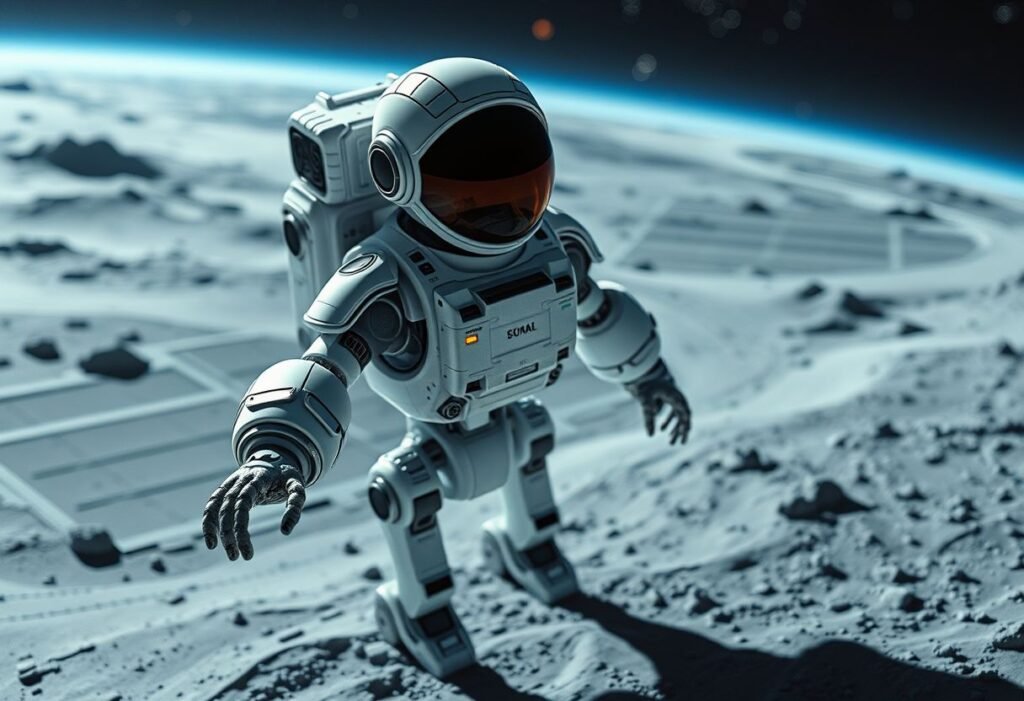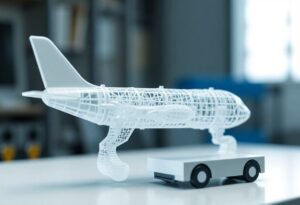The exploration of outer space presents unique challenges and opportunities. The development of autonomous robots plays a pivotal role in overcoming these hurdles, particularly in the field of innovation. This article delves into the exciting future of these robotic systems and their potential to revolutionize space exploration.
The Role of Autonomous Robots in Space Missions
Autonomous robots are becoming essential assets in space exploration missions due to their ability to operate independently in harsh conditions. With advancements in artificial intelligence and machine learning, these robots can make critical decisions without immediate human intervention. This capability allows them to explore distant planets, moons, and asteroids, conducting research and gathering vital data. For instance, the Mars rovers, equipped with autonomous navigation systems, have successfully traversed the Martian landscape, collecting data that informs scientists back on Earth. The integration of autonomous robots into space missions effectively extends our reach into the cosmos.
Enhancing Safety and Efficiency
One of the greatest advantages of using autonomous robots in space exploration is the enhancement of safety and efficiency. Human astronauts are exposed to numerous dangers, including radiation and unfamiliar environments. Autonomous robots can conduct preliminary surveys of planetary surfaces, identifying safe landing spots for spacecraft. Furthermore, these robots perform routine maintenance tasks, allowing human teams to focus on more complex scientific investigations. By automating repetitive tasks, space agencies can optimize their resources and enhance overall mission success rates, ushering in a new era of space exploration innovations.
Collaboration Between Humans and Robots
The coexistence of human astronauts and autonomous robots enhances the effectiveness of space missions. Through remote operation, human operators can guide robotic systems in real-time, allowing for greater flexibility and creativity in problem-solving. Moreover, advancements in communication technologies have made interaction between humans and robots smoother. This collaborative approach fosters innovation, encouraging teams to explore new strategies for tackling challenges in space. The synergy between human intelligence and robotic capabilities will unlock unprecedented possibilities for exploration.
Data Collection and Analysis
Data collection is crucial in space exploration, and autonomous robots excel at this. Equipped with sophisticated sensors and imaging systems, these robots can gather extensive data from their environments. Their ability to analyze this data in real-time allows for immediate adjustments to mission objectives. For instance, autonomous drones can scan the surface of a celestial body and quickly relay findings back to Earth-based teams. This rapid data collection and processing enhance our understanding of the universe and bolster innovation in exploratory techniques.
Environmental Adaptation and Learning
Future autonomous robots will feature even more advanced adaptive learning algorithms, enabling them to adjust to new environmental conditions. As they explore previously uncharted territories, their ability to learn from experiences will be invaluable. For instance, a robot encountering extreme temperatures or unpredictable terrain can adapt its operations to continue functioning effectively. This capability will improve the longevity and effectiveness of robotic missions, ensuring sustained advancements in space exploration technology.
Looking Ahead: Challenges and Opportunities
While the future of autonomous robots in space exploration is promising, several challenges remain. Issues such as technological limitations, funding constraints, and regulatory hurdles must be addressed to ensure the successful integration of robots into exploration programs. However, these challenges also present opportunities for innovation, encouraging collaboration among scientists, engineers, and policymakers. By prioritizing research and development, we can unlock the full potential of autonomous robots in exploring the final frontier.
The potential of autonomous robots in space exploration is not just a futuristic vision. As we continue to innovate, these technologies will redefine our capacity to understand the universe around us.





















